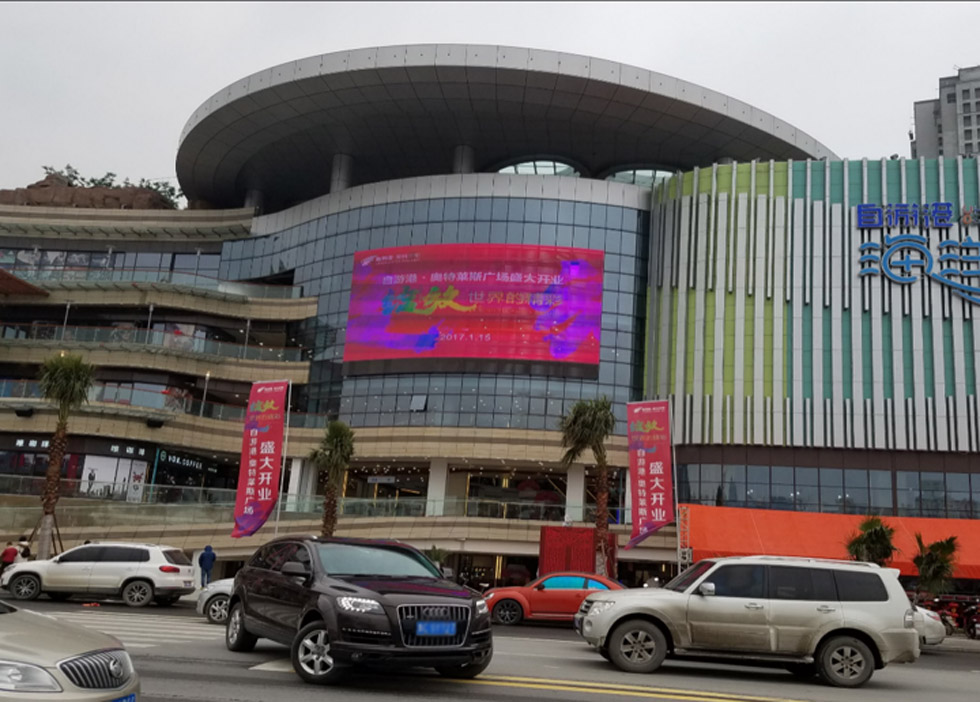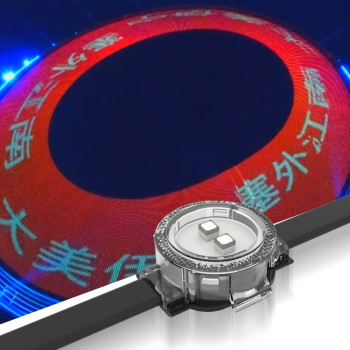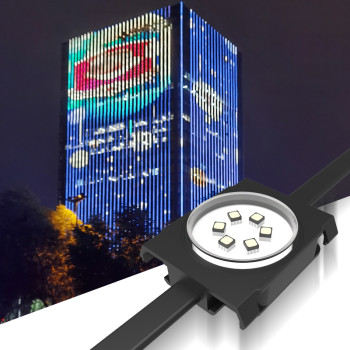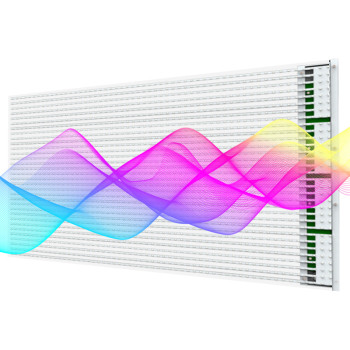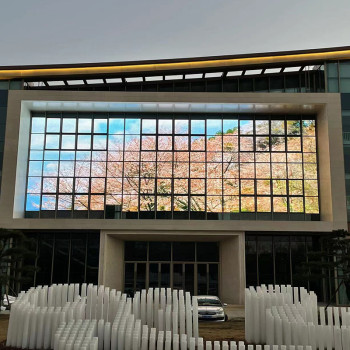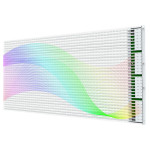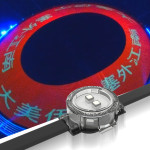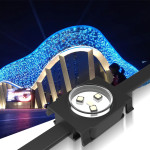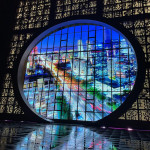- 03 Jun 2024
- YINHAN tech
Introduction:
LED pixel point lights have become an integral part of modern lighting systems, captivating with their mesmerizing displays and dynamic patterns. Despite their widespread use, there remains a veil of mystery surrounding these tiny but powerful devices. In this article, we delve into both what is known and what remains unknown about LED pixel point lights, shedding light on their technology, applications, and potential.
What is Known:
1. Technology and Functionality:
LED pixel point lights consist of individual light-emitting diodes (LEDs) mounted on a circuit board, often arranged in a grid formation. Each LED can emit light independently, allowing for precise control over color, brightness, and timing. These lights are typically controlled by specialized controllers or software, enabling complex animations and effects.
2. Applications:
LED pixel point lights find applications in various industries, including entertainment, architecture, advertising, and art installations. They adorn concert stages, illuminate buildings with vibrant displays, enhance retail environments, and create immersive experiences in themed attractions and events.
3. Advantages:
One of the key advantages of LED pixel point lights is their energy efficiency. Compared to traditional lighting sources, such as incandescent or fluorescent bulbs, LEDs consume significantly less power while producing brighter and more vivid illumination. Additionally, LEDs have a longer lifespan and are more durable, making them a cost-effective choice for long-term installations.
4. Creative Potential:
LED pixel point lights offer unparalleled creative freedom to designers and artists. With the ability to control each LED individually, intricate patterns, animations, and visual effects can be realized with precision. This flexibility has led to the emergence of innovative lighting designs that push the boundaries of imagination and technology.
What Remains Unknown:
1. Optimal Configurations:
While LED pixel point lights offer vast possibilities for customization, determining the optimal configuration for a specific application can be challenging. Factors such as spacing between LEDs, viewing angles, and color consistency require careful consideration to achieve desired results. Further research is needed to develop standardized guidelines for optimal LED placement and configuration.
2. Long-Term Reliability:
Although LEDs are known for their longevity, the long-term reliability of LED pixel point lights in real-world environments is still a subject of study. Factors such as heat dissipation, environmental conditions, and component degradation over time may affect the performance and lifespan of these devices. Continued research and testing are necessary to ensure the durability and reliability of LED pixel point lights in various applications.
3. Environmental Impact:
While LEDs offer energy efficiency benefits, the environmental impact of widespread adoption of LED pixel point lights remains a topic of debate. The production and disposal of LED components, as well as the potential for light pollution in urban areas, raise concerns about sustainability and ecological consequences. Further studies are needed to assess the overall environmental footprint of LED pixel point lights and identify strategies for mitigating potential negative impacts.
Conclusion:
LED pixel point lights represent a convergence of technology and creativity, offering endless possibilities for illumination and visual expression. While much is known about their capabilities and applications, there are still aspects of LED pixel point lights that remain shrouded in mystery. Continued research and innovation will unlock new insights into their potential, ensuring that these tiny lights continue to dazzle and inspire for years to come.
